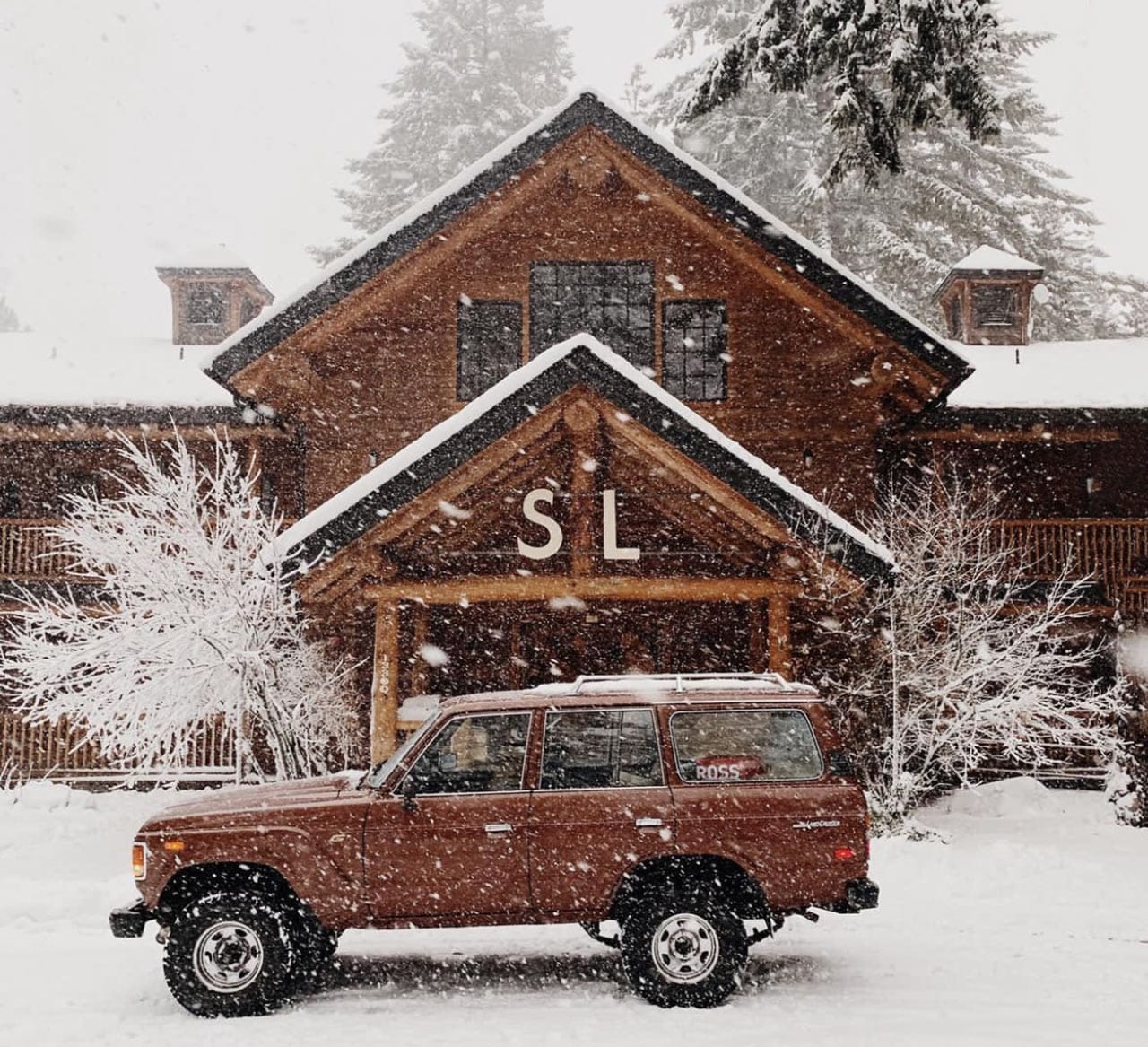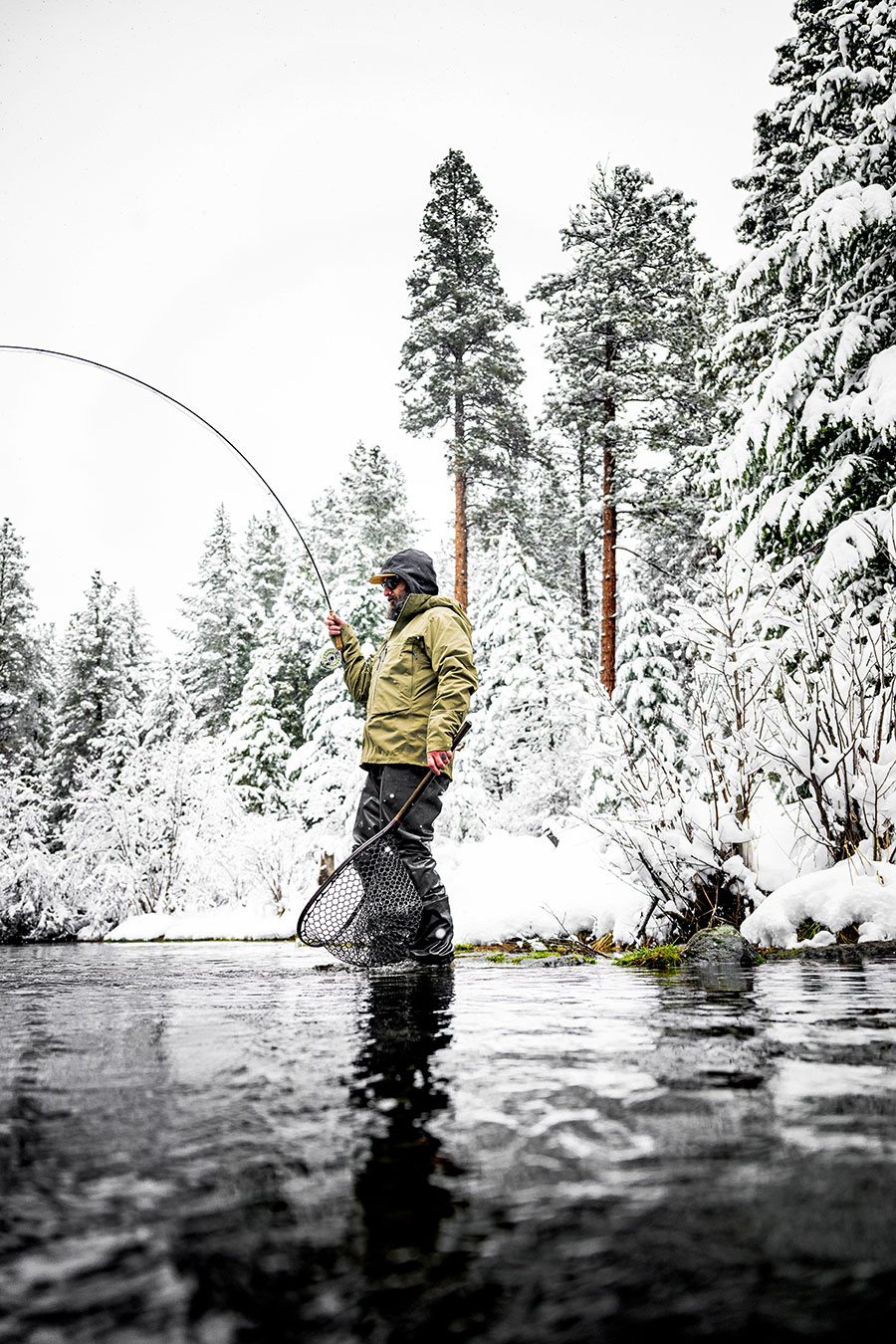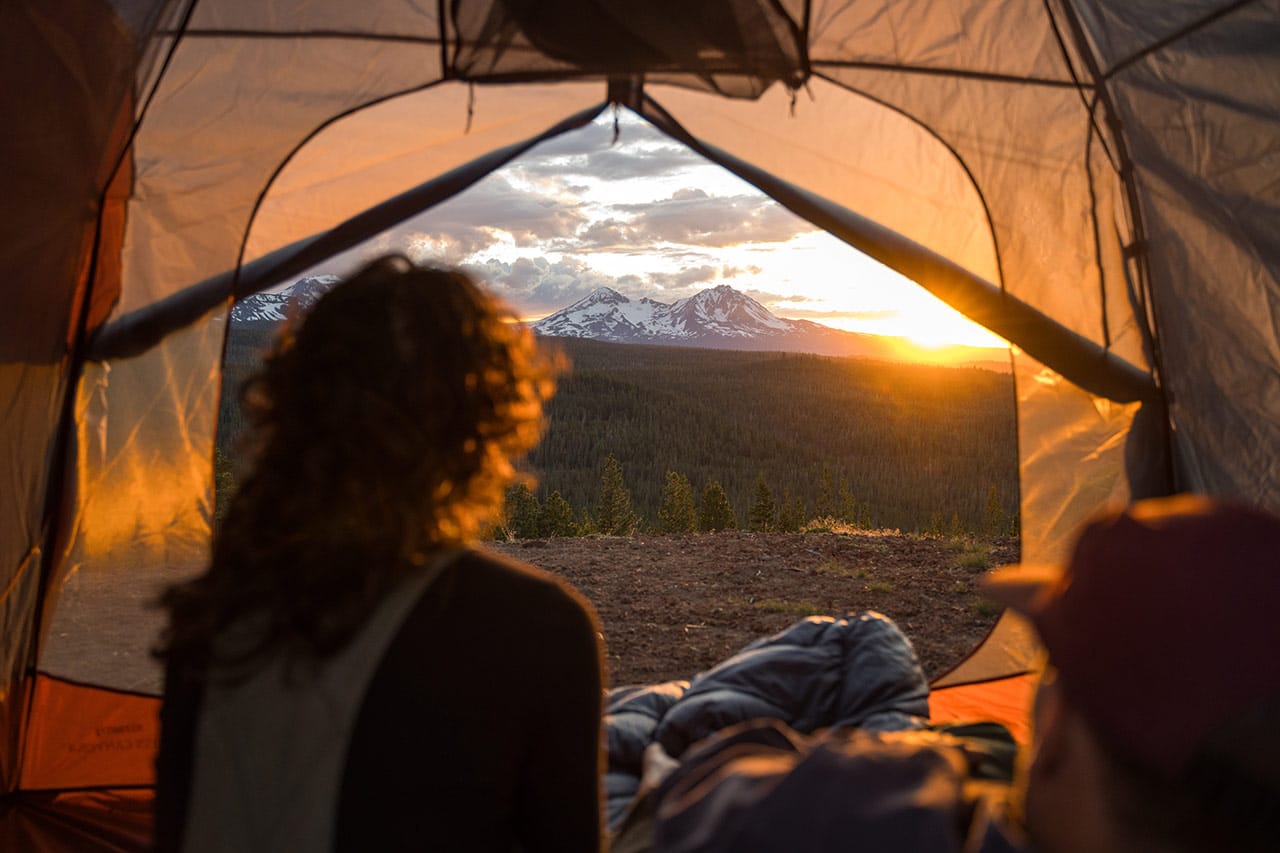A weekend in Willamette Valley wine tasting includes plenty of glasses of the region’s award-winning pinot noir as well as history, culture and farm-to-table meals.
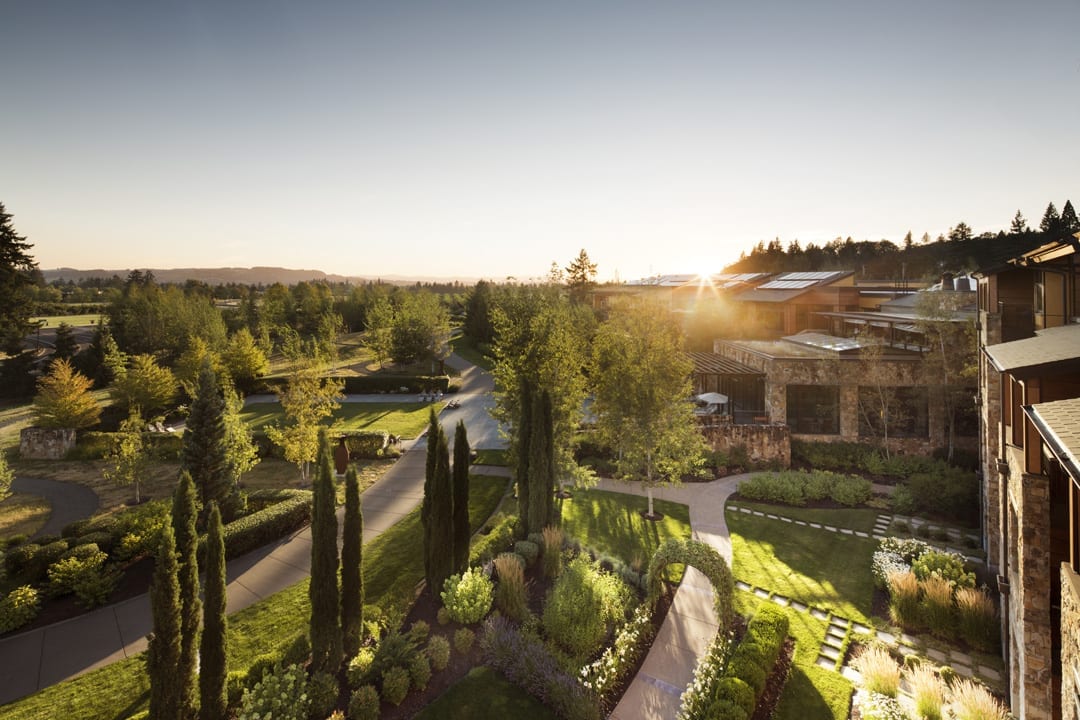
We launched our weekend of wining and dining on a grassy bank of the Willamette River. It was an overcast spring day, the air damp and smelling of black cottonwood. There was no wine in sight. No gleaming glasses of award-winning pinot noir, no hand-printed flight menus, no luxurious views of vineyard estates. Just a historic pavilion, fronted by an engraved stone pillar, marking this meadow as the site where Oregon’s first provisional government was formed in 1843. Without the rich soil, there wouldn’t have been a steady march of early settlers to the Willamette Valley. Without early settlers, there wouldn’t have been a provisional government. Without a provisional government, there wouldn’t have been an Oregon at all. Therefore, no fine Oregon pinot noir, born from the rich soil of the Willamette Valley. Turns out in Oregon’s wine country, everything comes full circle. You can’t pull the wine apart from the history, or the history apart from the people. Which was fine with us. My friend and I had come for relaxation and indulgence, but we were willing to interrupt decadence for culture and history. Each winery and restaurant, it would turn out, had a great backstory. Every Willamette Valley destination we visited wound into a tapestry of landscape, community, innovation and dreams.
Day 1
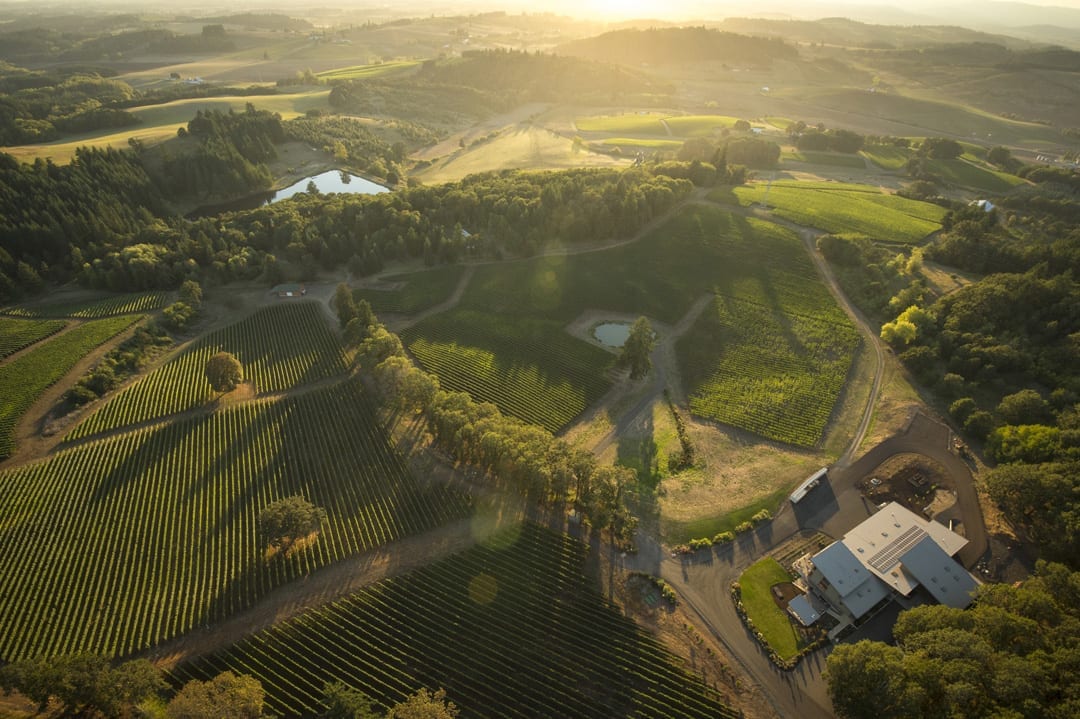
A significant aesthetic pleasure of touring Willamette Valley wine country is simply the road trip. It’s postcard-scenic here, each segment of the journey passing bucolic farms, fields readied for spring planting and stands of grand oak trees. We took in the sights with a sense of adventure as we set out on our two-day tour.
We ventured to ROCO Winery, outside of Newberg at the base of the Chehalem Mountains. Owner Rollin Soles came from Texas to make wine in Oregon in the 1980s. After crafting award-winning vintages for Argyle Winery for a few decades, he planted his own pinot noir grapes in a vineyard he christened Wits’ End. We sipped on ROCO Private Stash pinot noir from a bottle bearing the winery’s thunderbird logo, inspired by the petroglyphs of the Columbia Gorge.
Next on to Alexana Winery, where the view commanded our immediate attention. The vineyard descends over ridges and slopes into a misty wood, the coastal mountains poking through the cloud cover beyond. Dr. Madaiah Revana of Texas loved the great wines of Burgundy so much so that, in 2005, he sought out a place to grow grapes himself. The answer was this eighty-acre parcel outside of Newberg. The incredibly diverse and complex soils here are visually represented in the glass front of Alexana’s twenty-foot-long tasting bar, which is filled with layers of earth. We sipped chardonnay and contemplated colors from light sand to a rich brown to charcoal grey, in textures from gritty to dense. This was the stuff—the origin story of everything around here.
From the soil also rise wild mushrooms, one factor that drew the Czarnecki family to Oregon from Pennsylvania in the 1990s. Bringing four generations of restaurant experience, they took up shop in the historic Joel Palmer House, a grand two-story home built by the co-founder of Dayton in 1857. Since, the Joel Palmer House has become one of Oregon’s renowned fine dining restaurants and a purveyor of delectable dishes featuring mushrooms and other local foods. We settled into a four-course meal that included sturgeon, risotto, truffle oil, morels, lobster mushrooms and a divine white chocolate cheesecake, accompanied, of course, by Oregon wine. Chef Christopher Czarnecki paid us a tableside visit, explaining that his family and their friends still gather a majority of the mushrooms for the restaurant.
We arrived at the Allison Inn sated and sleepy. For years, wine country visitors had few overnight options. In 2009, Ken and Joan Austin built an incredible eighty-five-room luxury hotel in Newberg. The couple had grown up on farms in the area, ultimately founding a successful dental equipment company in their hometown. As the region captured international wine-tourism attention, they’d looked on, eventually creating lodging worthy of the most distinguished visitor. Our deluxe room offered a view of the vineyard from our own personal plush window seat.
Day 2

We began the day in JORY Restaurant, the Allison’s nod to both the renowned soil underfoot and Pacific Northwest farm-to-table dining. Chef Sunny Jin has his own garden onsite, and my omelet came with a petit salad as well as locally sourced maple-sage sausage.
Was it too early to visit a winery? No, it was not. Winderlea Vineyard is perched outside Dundee, and its tasting room is in a glass-encased building that feels like a castle on the hill. We sampled Winderlea’s small-batch wines in a bright tasting room as Donna Morris told us how she and Bill Sweat left Boston and successful business careers behind to craft an Oregon pinot noir winery. Surrounded by vast garage door-windows boasting views across the vineyards into the valley beyond, I didn’t blame her one bit.
Lunch was at Red Hills Market, a marketplace and restaurant I fell in love with immediately. The tall square building embodies the best kind of neighborhood gathering place, warm and inviting, smelling of delicious foods and bustling with chatter. Wood-fired pizzas, soups, salads and more farm-to-table treats are served from a busy counter. The Oregon albacore tuna melt with local cheddar, capers and arugula hit the spot. It came as no surprise that, when we met the market’s owner Jody Kropf, we learned he’s an Oregon native who grew up helping his parents with their business, the Brownsville General Store, and that he was drawn right back home after culinary school in California.
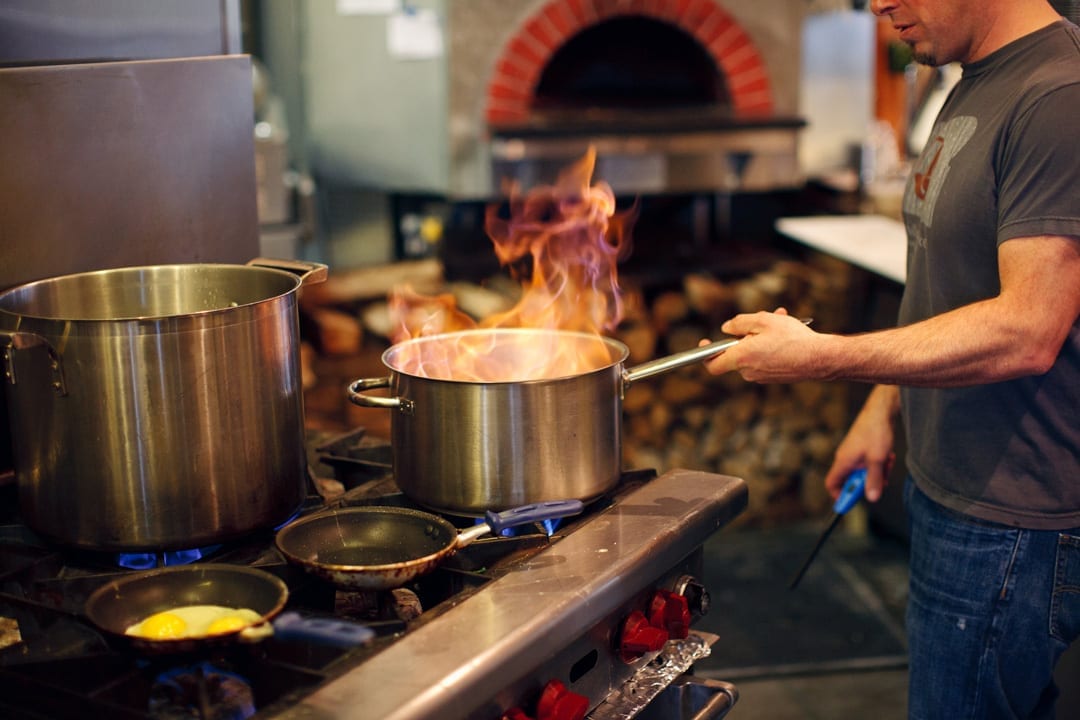
The Carlton Winemakers Studio was born of collaboration and community. Twelve individual vintners produce coveted wines under one innovative roof in this modern and light space. When we were there, winemakers sat together over tasting glasses, decanters and clipboards, immersed in the tasks of the trade.
Scenic rural roads delivered us to McMinnville, where we began our tour at the McMenamins Hotel Oregon rooftop bar. Below us was the charming downtown and a bird’s-eye view of shops, restaurants and entertainment. The hotel was built in 1905 and brought back to life in 1999 by Oregon natives Mike and Brian McMenamin, famous for their restoration of old Pacific Northwest buildings.
Tucked away in a glass storefront on a side street, we found Thistle, a cozy, eclectic restaurant that quickly made a name for itself with a menu that changes constantly based on available provisions from nearby farmers and ranchers. Our experience began with a cocktail called the Millionaire—rum, gin, apricot brandy and lime—poured into an antique champagne cocktail glass. At a wooden-plank table, from mismatched vintage plates, we enjoyed innovative flavors by way of oysters from Netarts, “wild weeds,” anchovies, duckling and kale.
We found our walk-up flat over the Odd Fellows Lodge. The owners of Third Street Flats want guests to immerse themselves in McMinnville. We had a small apartment of our own, walking distance to shops and eats, with a tidy kitchen stocked with everything we might need (read: chocolate and wine). Our “8th Flat” was decorated contemporary post-modern, in colors of indigo and white.
Quiet, lovely and comfortable, the flat made us feel as if we were local insiders. Drifting to sleep, we could dream of living right here ourselves. Perhaps we would plant a vineyard or start a farm. Maybe open a restaurant. We would put down roots, connect with a new community and create something wonderful out of the rich soils of the Willamette Valley.

